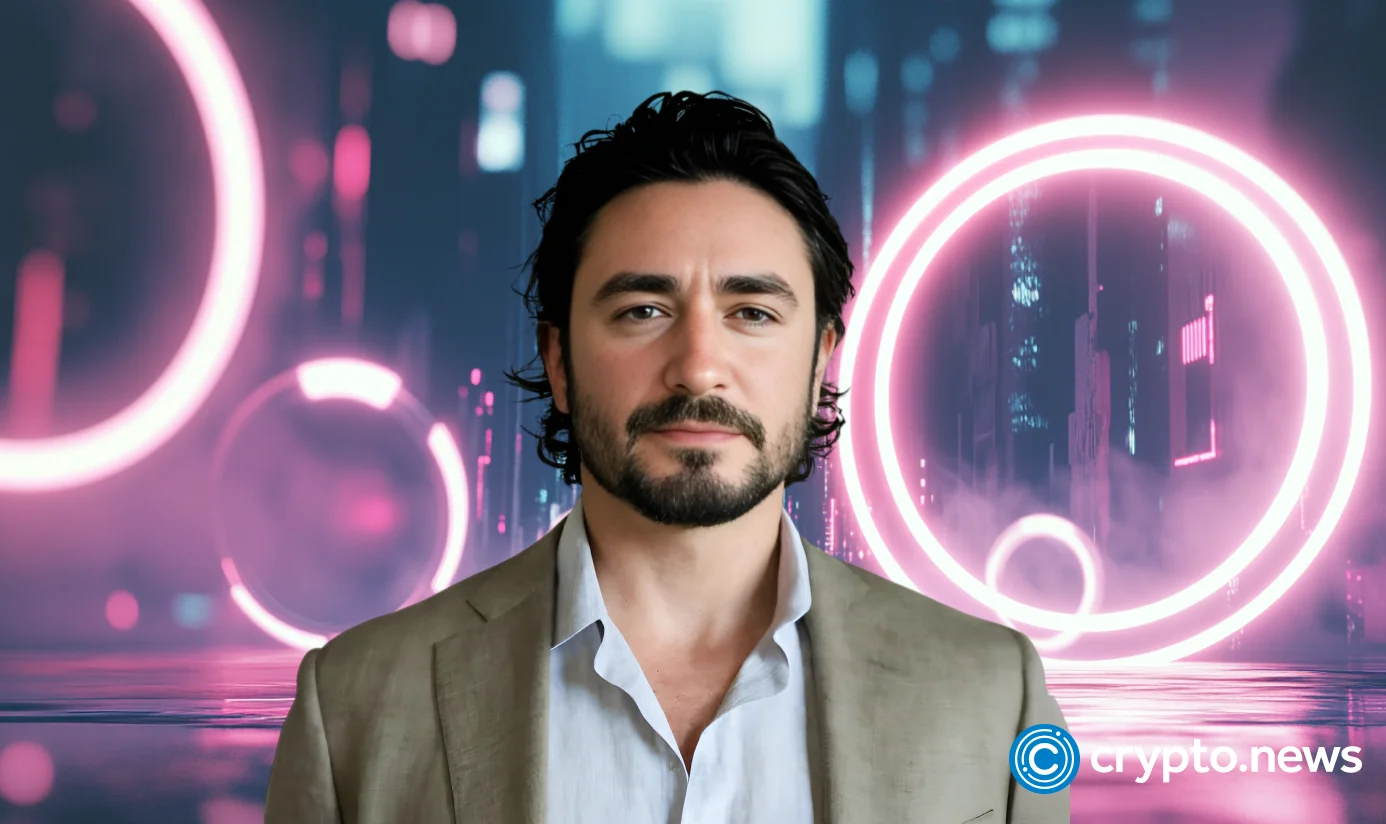Grayscale Ethereum Trusts Migrate to NYSE Arca’s Generic Listing Standards
TLDR
- Grayscale’s Ethereum ETFs now trade under generic NYSE Arca listing rules.
- Ethereum Trusts gain streamlined approval with NYSE Arca’s new generic standards.
- Grayscale simplifies ETF operations as Ethereum funds shift to generic listing.
- NYSE Arca enables faster Ethereum ETF launches with generic rule adoption.
- Ethereum Mini and main Trusts now benefit from streamlined generic framework.
Grayscale’s Ethereum ETF products, including the Grayscale Ethereum Trust and Ethereum Mini Trust, will now trade under NYSE Arca’s newly adopted generic listing standards. This transition removes the need for individual approval orders, streamlining future operations and aligning both trusts with simplified regulatory pathways. The update marks a key development in the broader evolution of Ethereum ETF approvals and market accessibility.
Grayscale Ethereum Trust Shifts to Generic Rule Framework
Grayscale has officially transitioned its Ethereum ETF, the Grayscale Ethereum Trust, from a non-generic to a generic listing standard. NYSE Arca filed the proposed rule change on September 19, 2025, with the Securities and Exchange Commission approving it shortly thereafter. The ETF now operates under Rule 8.201-E (Generic), enabling listing without case-specific SEC approval.
This change follows the Commission’s earlier approval of Rule 8.201-E (Generic) on September 17, 2025. The rule allows commodity-based trust shares, like the Ethereum ETF, to list generically if they meet all defined conditions. It streamlines future listings by removing delays tied to traditional filing and approval processes.
The Ethereum ETF continues to meet all compliance obligations under the generic rule’s listing and ongoing disclosure standards. Grayscale no longer relies on its initial approval order from May 2024 for continued trading. This operational shift promotes greater regulatory efficiency and reduces administrative complexity for issuers.
Ethereum Mini Trust Gains Listing Flexibility
Grayscale’s Ethereum Mini Trust ETF also now operates under Rule 8.201-E (Generic). Previously listed under non-generic provisions since July 2024, it joins the main Ethereum Trust in aligning with the new generic framework. NYSE Arca confirmed both trusts meet the updated standards for generic listing.
The Mini Trust ETF mirrors its larger counterpart in structure but targets cost-conscious market participants. By adopting generic rules, it benefits from the same streamlined framework, supporting smoother regulatory processes going forward. It can now be amended or adjusted without individual SEC orders.
This change enhances NYSE Arca’s flexibility in managing both trusts efficiently and transparently. The exchange ensures that these ETFs adhere to generic listing requirements while maintaining a free and open market. Grayscale’s adjustment reflects a broader industry shift toward scalable regulatory frameworks.
Generic Standards Could Open Path for More Ethereum ETFs
Grayscale’s move to generic standards could accelerate new Ethereum ETF launches through NYSE Arca. The new rule offers a pathway for future ETFs to bypass prolonged SEC review. As long as a product fits the rule’s defined criteria, approval becomes procedural rather than discretionary.
This approach may encourage issuers to list additional digital asset ETFs using the same structure. It simplifies compliance while expanding access to regulated crypto exposure through traditional exchanges. Grayscale could potentially use this framework to launch more Ethereum-based products.
Other proposed ETFs, such as those tied to Solana or XRP, may follow a similar path if deemed eligible. The generic listing rule presents a scalable alternative for future cryptocurrency-based offerings. It positions NYSE Arca as a leading platform for efficient Ethereum ETF approvals.
The post Grayscale Ethereum Trusts Migrate to NYSE Arca’s Generic Listing Standards appeared first on CoinCentral.
You May Also Like

REX Shares’ Solana staking ETF sees $10M inflows, AUM tops $289M for first time

Interview | Big tech is training AI on junk data: Intuition

